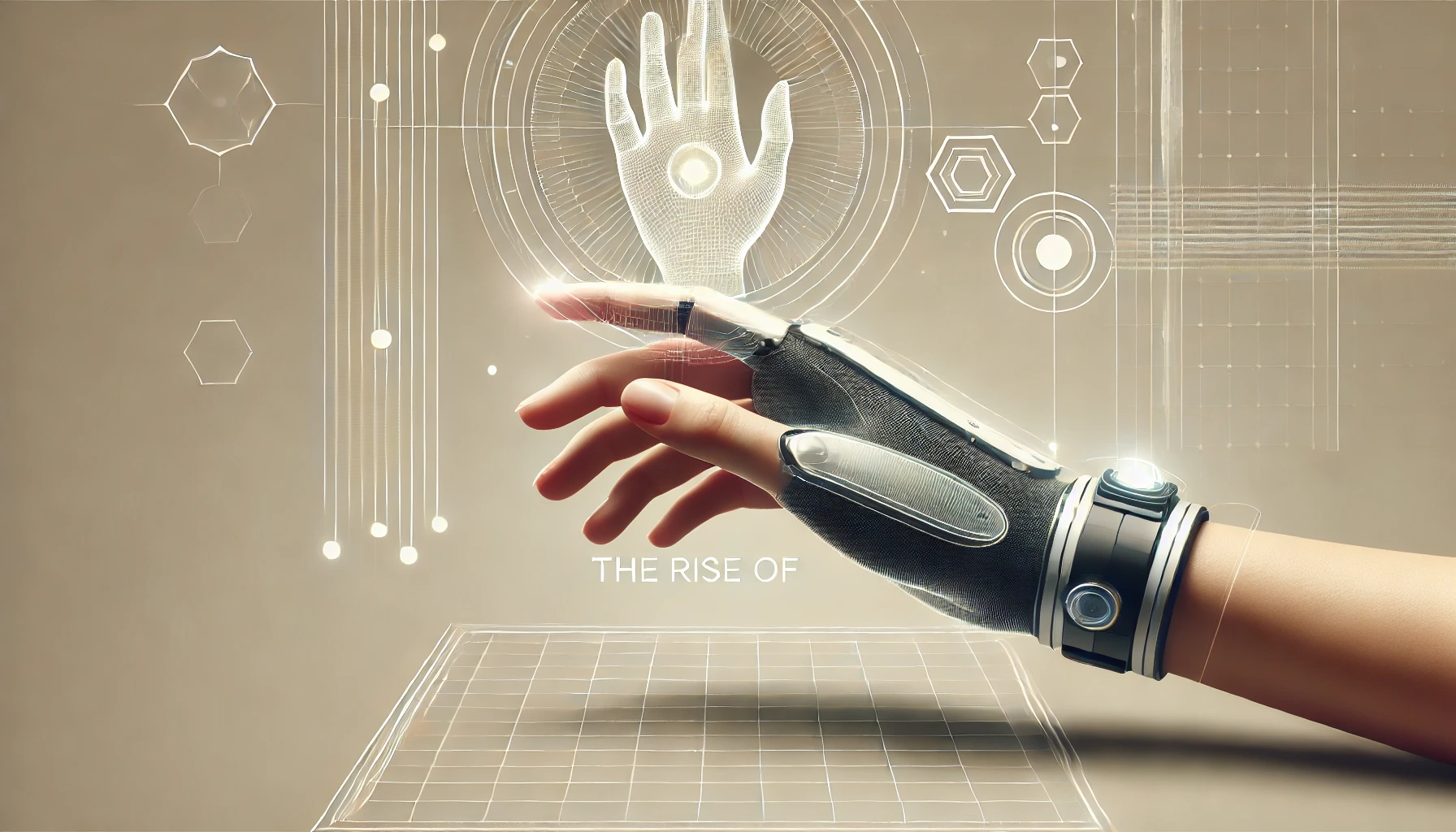The Rise of Haptic Technology

Haptic technology is revolutionizing how we interact with virtual and augmented reality by adding the sense of touch to digital experiences. This emerging technology is creating more immersive and realistic interactions in various applications, from gaming to professional training. Let's explore the world of haptic feedback and its growing impact.
Understanding Haptic Technology
Key components of haptic systems:
- Force Feedback: Simulation of resistance and weight.
- Tactile Feedback: Recreation of textures and surfaces.
- Vibration Patterns: Communication through rhythmic signals.
- Pressure Feedback: Simulation of physical contact and pressure.
Applications in Virtual Reality
Haptics enhance VR experiences through:
- Gaming: More immersive gameplay with tactile feedback.
- Training: Realistic simulation of tools and equipment.
- Social VR: Enhanced virtual interactions and presence.
- Virtual Shopping: Ability to "feel" products virtually.
Professional Applications
Industries benefiting from haptic technology:
- Medical Training: Surgical simulation with tactile feedback.
- Manufacturing: Remote operation of machinery.
- Automotive: Enhanced driver feedback systems.
- Aerospace: Improved flight simulation training.
Consumer Applications
Everyday uses of haptic technology:
- Mobile Devices: Enhanced touchscreen interactions.
- Wearables: Tactile navigation and notifications.
- Home Entertainment: Immersive gaming experiences.
- Communication: Touch-based messaging and interaction.
Technical Challenges
Current limitations and challenges:
- Hardware miniaturization
- Power consumption and battery life
- Cost of advanced haptic systems
- Standardization of haptic feedback
Future Developments
Upcoming innovations in haptic technology:
- Advanced material science for better feedback
- Integration with AI for adaptive responses
- Wireless haptic systems
- More sophisticated force feedback mechanisms
As haptic technology continues to evolve, it will play an increasingly important role in creating more immersive and realistic digital experiences. The combination of touch with visual and auditory feedback is bringing us closer to truly natural interactions in virtual environments.
